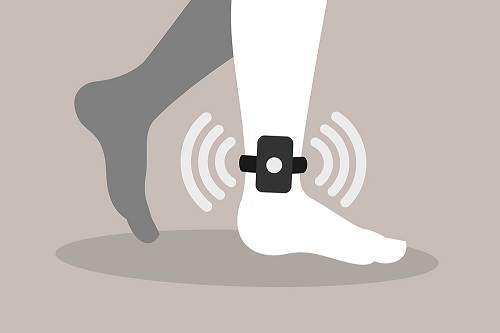ITSM design for MoJ Electronic Monitoring

Summary
The Ministry of Justice (MoJ) was working with four service providers to transition from a legacy Electronic Monitoring (EM) service and deliver an integrated solution for the provision of EM of offenders in England and Wales. The programme would transition from legacy curfew monitoring devices and deliver new location monitoring devices using GPS technology. The new operating model introduced the requirement for a new end-to-end service management design to ensure that contracted IT services were delivered in an effective manner across the four suppliers.
The end-to-end IT Service Management (ITSM) capability combines the four service providers with the MoJ acting as the integrator. Some supplier services had been further sub-contracted to third parties however each supplier remained fully accountable and responsible for contracted performance measures. The MoJ has overall accountability for executive management, investment and long-term strategic development of the EM Service.
Challenge
The MoJ needed to create a robust foundation for ITSM implementation across the four suppliers, by clearly defining processes, roles and responsibilities based on high-level principles around transparency, collaboration, business outcomes and continual service improvement. Definition of the ITSM design faced several challenges including:
- Inconsistent contracts:
Inconsistent supplier contracts with different roles and obligations specified for each supplier.
- Inconsistent delivery indicators:
Inconsistent Contract Delivery Indicators (CDIs) and Key Performance Indicators preventing a consistent level of service across service providers.
- Multiple ITSM solutions:
Different ITSM technical solutions. All four suppliers using different ITSM platforms which introduced collaboration and transparency challenges across incidents, problems and requests.
- Low-quality ITSM artifacts:
Low-quality ITSM design artifacts developed by suppliers preventing effective implementation of end-to-end service management across the solution.
Solution
DBD developed and documented the design for end-to-end IT Service Management processes, capabilities and tools across the Electronic Monitoring solution. We achieved this by:
- Bringing all four suppliers together and hosting multiple workshops to collaboratively agree on a RACI model outlining MoJ and Suppliers’ roles and responsibilities.
- Designing and documenting the IT Service Model in collaboration with each supplier.
- Working with MoJ stakeholders to design the MoJ ‘intelligent client’ capabilities required for effective contract and service performance management and supporting the initial business case for hiring dedicated MoJ ITSM resources.
- Negotiating and agreeing the Operational Level Agreements and Reporting Framework with the suppliers.
- Designing strategic ITSM processes to guide suppliers in their delivery of operational ITSM processes, providing hands-on assurance to improve quality of supplier deliverables.
- Supporting the MoJ commercial team to improve contracts and make CDIs consistent and in line with ITSM design principles.
- Capturing ITSM toolset requirements and supporting multiple technical workshops to ensure integration between the suppliers’ service management platforms.
Result
The ITSM Design developed and documented by DBD, increased the confidence of MoJ stakeholders in the prospects of effective cross-party operation of the new services once implemented.
The design also underpinned the mobilisation of a broader MoJ ‘Intelligent Client Function’ by clearly setting out the responsibilities and activities to be undertaken by this new function. The end-to-end design helped the contract management team understand how ITSM processes would contribute to a joined-up view of performance.
Finally, the robust and pragmatic document set produced enabled suppliers to define and put in place the necessary internal processes needed to ensure that IT Service Management interfaces with other service providers and the MoJ would work effectively.
